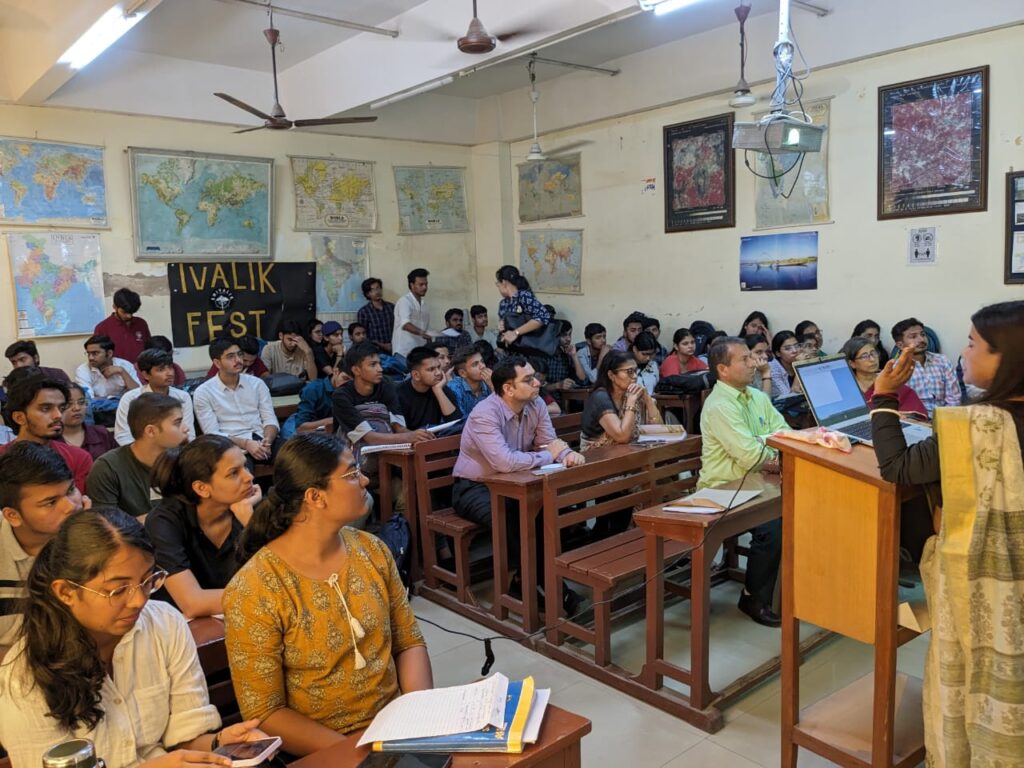what is gis, the ability to harness and interpret geographical information has become a cornerstone of modern decision-making processes across various industries. Enter GIS, or Geographic Information System, a dynamic tool that has revolutionized how we understand, analyze, and interact with spatial data.
What is GIS?
At its core, GIS is a technology that captures, stores, analyzes, and presents geographical data. Unlike traditional maps, which offer static representations of locations, GIS enables users to layer diverse sets of information onto maps, allowing for deeper insights and more informed decision-making.
How Does GIS Work?
GIS operates on the principle of layers. Each layer represents a specific type of geographical information, such as roads, buildings, rivers, or land use. By overlaying these layers, users can visualize relationships, patterns, and trends that may not be immediately apparent on individual maps.
Applications of GIS
The versatility of GIS lends itself to a wide range of applications across numerous sectors:
- Urban Planning: Urban planners utilize GIS to analyze population distribution, traffic patterns, and infrastructure needs, facilitating more efficient city design and management.
- Environmental Management: GIS aids in environmental conservation efforts by mapping ecosystems, tracking habitat changes, and monitoring natural disasters.
- Public Health: GIS plays a crucial role in disease surveillance, identifying disease hotspots, tracking the spread of illnesses, and optimizing healthcare resource allocation.
- Natural Resource Management: Forestry, agriculture, and mining industries employ GIS to manage land use, assess soil quality, and plan sustainable resource extraction strategies.
- Emergency Response: During emergencies such as wildfires, hurricanes, or pandemics, GIS provides real-time data visualization and spatial analysis to support timely and effective response efforts.
Benefits of GIS
The adoption of GIS offers numerous benefits:
- Data Integration: GIS facilitates the integration of disparate data sources, allowing users to combine information from various sources into a single, comprehensive platform.
- Visualization: By transforming complex data into visual maps and graphics, GIS enhances comprehension and communication of spatial information.
- Spatial Analysis: GIS enables sophisticated spatial analysis techniques, including proximity analysis, spatial interpolation, and network analysis, to extract valuable insights from geographical data.
- Decision Support: With its ability to model scenarios and predict outcomes, GIS empowers decision-makers to evaluate alternative courses of action and make informed choices.
Conclusion
As we navigate an increasingly interconnected and data-rich world, the importance of GIS continues to grow. Whether it’s optimizing urban infrastructure, protecting natural resources, or responding to public health crises, GIS empowers organizations and individuals to unlock the full potential of spatial data. Embracing GIS is not just about mapping the world; it’s about understanding it, shaping it, and building a better future for generations to come.


Pingback: The Importance Of Google Earth Engine In GIS - SWASTIK EDUSTART